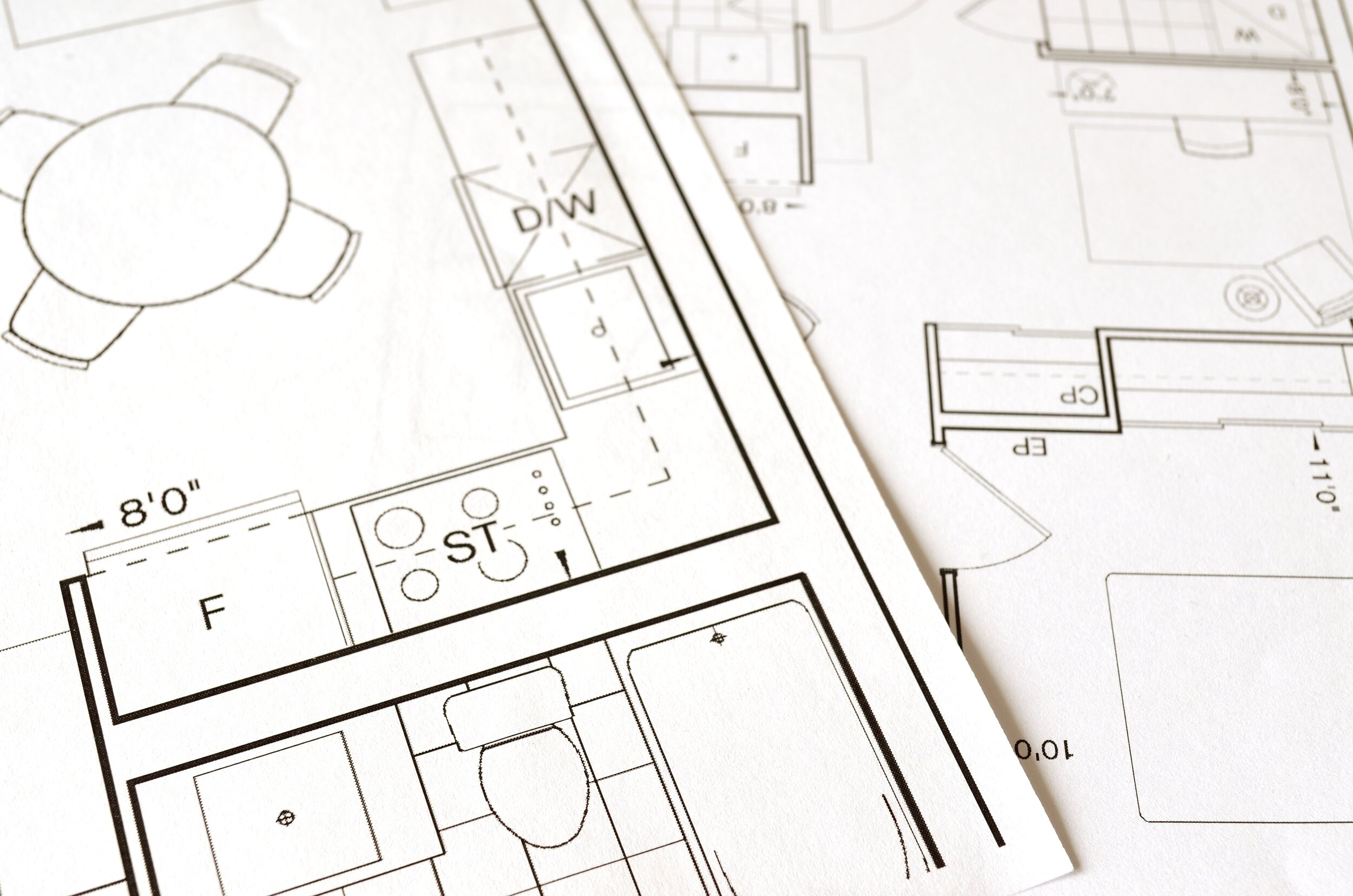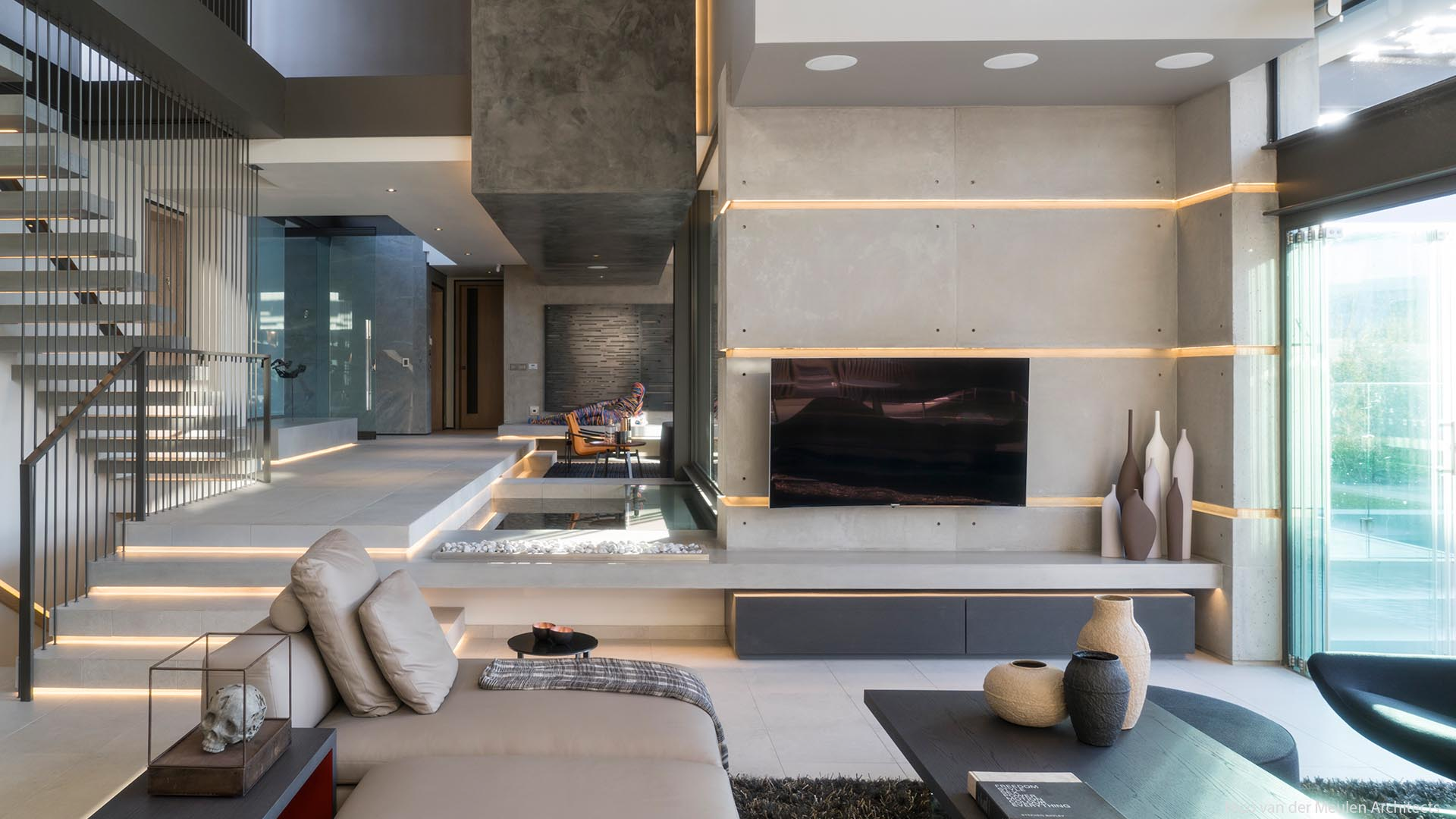Modern Hampshire Design Specialists Specializing in Sustainable Homes
Modern Hampshire Design Specialists Specializing in Sustainable Homes
Blog Article
Maximizing Aesthetic Charm: The Harmony Between Interior Design and Home Architect Strategies
Recognizing the refined interaction in between interior decoration and home style can considerably boost the aesthetic charm of a space. This marital relationship of design disciplines entails a thoughtful integration of building components with indoor designs, and a skilled application of concepts such as rhythm, comparison, and balance. As we discover this synergy, we will certainly discover methods to create visually striking and useful environments that not just show individual style, however also adjust to the dynamic requirements of contemporary living.
Understanding the Essentials: Specifying Interior Design and Home Style
Interior style and home architecture, often linked, stand for the visual and structural aspects of our living areas. Inside style is a multifaceted self-control that involves creating functional, risk-free, and cosmetically pleasing rooms inside a structure. On the various other hand, home style primarily concentrates on the strong framework of a structure.
The Synergy Explained: How Interior Decoration and Home Design Intersect
Understanding the synergy between interior decoration and home design can unlock a world of creative thinking and performance. When reviewing this junction, the influence of style on interiors is a critical facet to think about. This conversation will concentrate on the unifying style principles that mix these two areas right into an unified whole
Unifying Style Principles
While it might appear that interior design and home architecture are two distinctive techniques, they are actually deeply interconnected, creating a harmony that is necessary for developing unified living spaces. Unifying layout principles are the pillars that promote this synergy. In essence, these concepts serve as the bridge, unifying indoor design and building practices.
Building Impact on Interiors
The intertwining of interior decoration and design comes to be a lot more obvious when one takes into consideration the building influence on interiors. Building elements are innate to a space's capability and visual appeals, shaping the design from the beginning. Columns, stairs, beam of lights or arcs, for example, offer both structural and ornamental purposes. They can divide spaces, develop centerpieces or imbue an area with a certain vibe. Consideration of proportion, appearance, and light also come from architectural impacts. Ultimately, architecture molds the canvas upon which indoor developers function. Their harmony is thus indisputable: design establishes the framework, which interior decoration boosts with color, style, and structure. This cooperative relationship ensures a harmonious equilibrium in between function and appeal, optimizing the visual appeal of any type of space.
Trick Concepts in Integrating Interior Design and Home Design
Striking an equilibrium in between performance and aesthetics is a basic aspect of balancing interior decoration and home design. An equally vital concept is the assimilation of sustainable style to develop green and energy-efficient homes. Finally, understanding and exploring numerous building designs can also play an essential role in attaining a harmonious layout.

Stabilizing Functionality and Visual Appeal
Balancing capability and aesthetic appeals in interior decoration and home design becomes among the critical principles to consider. This fragile equilibrium calls for a thorough mix of practicality and appeal, intending to develop areas that are not just aesthetically pleasing yet additionally serve their designated purpose effectively. Visual appeal boosts the mood and impacts the perception of room, whereas performance guarantees use and comfort. Trick to this equilibrium is a thoughtful option of components such as shade, texture, and illumination, which should enhance each various other while serving their individual roles. Just as important is the effective plan of the area, with a tactical format adding significantly to the synergy between functionality and visual appeals. This harmonious mix eventually boosts the high quality of life for the passengers.
Sustainable Layout Integration
In maintaining the balance between performance and aesthetics, one must likewise consider the integration of sustainable layout concepts. This approach not only enhances the visual appeal of an area yet also this website guarantees its durability and lowered ecological influence. The essential depend on selecting products that are green, resilient, and appealing. This includes all-natural, recycled, or low-impact products that add to a much healthier and more lasting globe. Engineers and developers can also incorporate energy-efficient systems, such as energy-saving devices or solar panels. Ensuring excellent interior air top quality through sufficient all-natural lights and air flow is essential. A harmonious combination of indoor layout and home style, directed by sustainability, can produce spaces that are attractive, useful, and eco pleasant.
Exploring Architectural Styles
While there are a plethora of architectural styles to explore, it is important to recognize that each one carries its distinct principles that can dramatically influence the harmonization of interior layout and home architecture. These styles, varying from the ornate Baroque to the minimal Modernist, lug distinct viewpoints and looks that, when effectively recognized and utilized, can develop homes that are not just aesthetically magnificent but also harmoniously integrated in regards to layout and architecture. Choosing an architectural design is not simply concerning individual visual preference; it is concerning picking a style language that talks with the property owner's lifestyle, philosophy, and aspirations, creating a home that is a true reflection of its locals.
Case Researches: Phenomenal Examples of Design and Architecture Synergy
Exploring some exceptional study provides a profound understanding of just how design and architecture can harmoniously combine to produce engaging and practical areas. The renowned Fallingwater house, designed by Frank Lloyd Wright, exquisitely demonstrates this harmony. Wright's design masterfully integrates the residence with its bordering landscape, while the indoor mirrors the outside's natural types. An additional instance is the minimalistic Tadao Ando's Church of Light in Japan. The designer accomplished a best equilibrium between simplicity and dramatization, making use of raw concrete and light. Internally, the stark, very little design creates a sense of serenity and spiritual reflection. These instances show the value of synergy in between interior decoration and architecture in achieving visual and useful success.
Practical Tips: Enhancing Your Home's Visual Appeal
Drawing inspiration from the study of architectural try this out and layout harmony, property owners as well can carry out some sensible techniques to increase their home's aesthetic appeal. An unified blend of shades, structures, and lighting can enhance a space, developing a warm and welcoming environment. Going with furniture that matches the architectural elements of your house can cultivate a sense of unity. Wall art and decor items can add character, showing personal style and taste. Integrating plant, either with interior plants or sights to the outdoors, can bring an aspect of nature, delivering a soothing result. Smart usage of mirrors can open up a room, providing an impression of a larger location. Inevitably, the aesthetic charm exists in stabilizing capability with layout, developing a home that is both gorgeous and habitable.

Future Trends: Exactly How Modern Techniques Are Altering Interior Design and Style
As the world progresses, so do the patterns in interior style and style. Modern strategies are progressively concentrating on sustainability, integrating energy-efficient layouts and green products. Technology plays a crucial role, with smart homes becoming the norm, incorporating AI and IoT for enhanced capability. In addition, minimalism remains to acquire traction, stressing simpleness, performance, and clutter-free rooms. This is frequently coupled with biophilic design, attracting motivation from nature and promoting health and wellbeing. The pandemic has increased the requirement for versatile, multi-purpose rooms, obscuring the lines between job and home. These fads mirror a change in the direction of styles that are not simply visually pleasing, but additionally ecologically mindful, technologically advanced, and adaptable to altering lifestyles.
Verdict
To conclude, the combination of interior layout and home style strategies is a dynamic method to enhancing aesthetic charm. By leveraging vital concepts like rhythm, contrast, and equilibrium, and integrating elements of modern-day living, developers can create functional, visually pleasing settings. Through comprehending this harmony, house owners can make educated decisions that not only boost their space Hampshire architects but additionally add to their overall well-being.
Recognizing the subtle interaction between indoor design and home design can substantially raise the aesthetic appeal of a living area.Indoor style and home architecture, usually intertwined, represent the visual and structural facets of our living rooms.While it may seem that interior layout and home style are two distinctive disciplines, they are actually deeply interconnected, creating a synergy that is necessary for creating harmonious living areas.The intertwining of indoor layout and architecture ends up being even a lot more noticeable when one considers the building impact on insides. A harmonious blend of interior layout and home architecture, guided by sustainability, can create areas that are lovely, useful, and environmentally pleasant.
Report this page